As an important accessory in the field of industrial automation, telecentric industrial lenses have different model classifications and characteristics. This article will introduce the model classification of telecentric industrial lenses, and explain the differences and respective advantages of each classification.
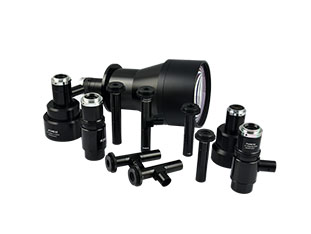
Telecentric lenses can be divided into object-side telecentric lenses, image-side telecentric lenses and bilateral telecentric lenses based on different design principles.
1. Object-side telecentric lens: Place the aperture stop on the image-side focal plane of the optical system.When the aperture stop is placed on the image side focal plane, even if the object distance changes, the image distance also changes, but the image height does not change, that is, the measured object size does not change.In the field of industrial precision measurement and high-precision measurement, the object-side telecentric lens is a very important optical element that can provide high-quality, high-precision image acquisition and measurement, and is widely used in various detection and measurement equipment.
2. Image-side telecentric lens: Place the aperture stop on the object-side focal plane of the optical system.When the object distance remains constant, the image distance and magnification will change as the aperture stop position changes, but the image height will not change.Telecentric lenses have advantages in the relative illumination distribution of the image.If the light hits the sensor vertically, this helps produce a more even image illumination distribution.
3. Bilateral telecentric lens: In a bilateral telecentric lens, the aperture stop is placed on one side of the optical system.Regardless of whether it is on the object-side focal plane or the image-side focal plane, the image height and magnification can be achieved without changing.Bilateral telecentric lenses have the advantages of both image-side telecentricity and object-side telecentricity. It combines object-side telecentric and image-side telecentric optical path designs, which not only ensures measurement accuracy, but also has the advantages of fixed imaging magnification and uniform illumination.
When choosing a telecentric industrial lens, understanding the features and advantages of each model can help users better choose the lens that suits them. The actual selection needs to be comprehensively considered based on factors such as actual application scenarios, detection requirements, and equipment limitations.
Product recommendation
TECHNICAL SOLUTION
MORE+You may also be interested in the following information
FREE CONSULTING SERVICE
Let’s help you to find the right solution for your project!


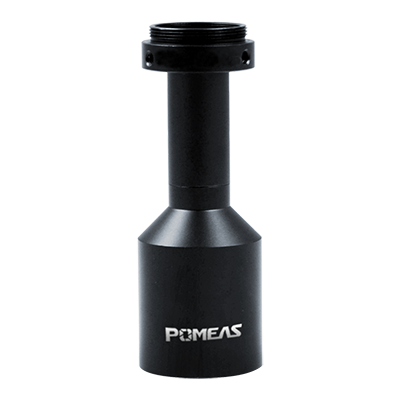
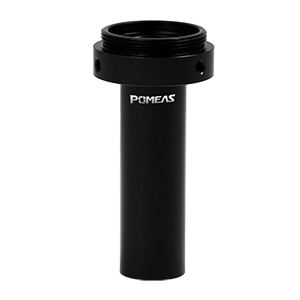
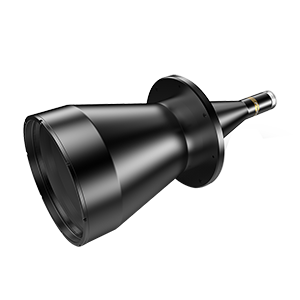
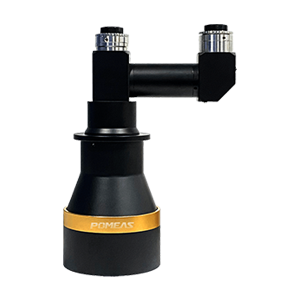
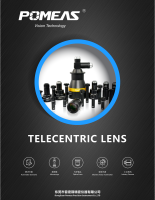


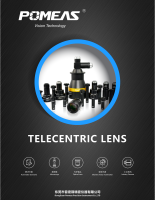
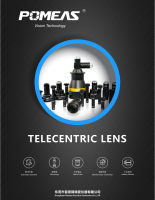
 ASK POMEAS
ASK POMEAS  PRICE INQUIRY
PRICE INQUIRY  REQUEST DEMO/TEST
REQUEST DEMO/TEST  FREE TRIAL UNIT
FREE TRIAL UNIT  ACCURATE SELECTION
ACCURATE SELECTION  ADDRESS
ADDRESS Tel:+ 86-0769-2266 0867
Tel:+ 86-0769-2266 0867 Fax:+ 86-0769-2266 0867
Fax:+ 86-0769-2266 0867 E-mail:marketing@pomeas.com
E-mail:marketing@pomeas.com
